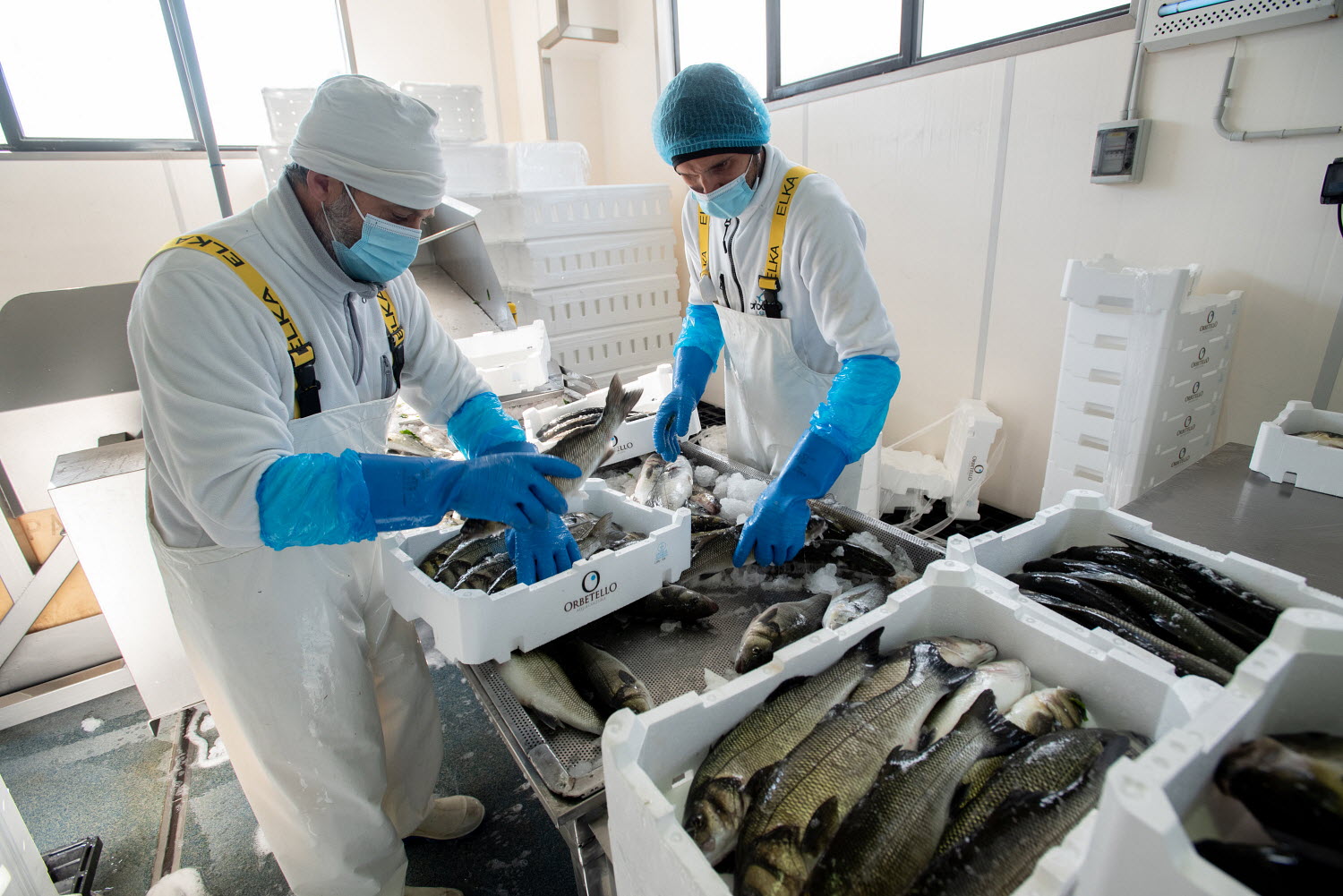FAO sets its sights on being hub for agrifood investment and finance solutions and innovations for its Members

With ambitions of becoming the ‘go-to place’ for agrifood investment and finance solutions and innovations, FAO recently launched its Investment Centre Transformation Plan.
The new plan, presented during the Centre’s 11th annual Investment Days in January, will position FAO as a bridge between its Members and finance partners and promote greater outreach and more strategic collaboration.
Ultimately, the transformation aims to help countries realize the promise of the four betters – better production, better nutrition, a better environment and a better life, leaving no one behind.
In his opening remarks, FAO Director-General QU Dongyu acknowledged the enormous climate, economic and public health challenges facing the world, and the urgency of moving from words to action.
He noted that FAO’s new Strategic Framework – organized around the four betters – supports the 2030 Agenda through transformation towards more efficient, inclusive, resilient and sustainable agrifood systems.
“This is a strong and fit-for-purpose framework that will support Members efficiently, effectively and coherently,” he said.
“The Investment Centre’s contributions are critical for scaling up impact at country level by localizing the four betters and by working with key partners through the Hand-in-Hand initiative, by supporting better enabling conditions for policy and investments and by integrating FAO’s technical expertise in national investment planning,” he added.
He called 2022 “the year of extraordinary efforts leading to extraordinary results”.
Building on strong foundations
In its nearly 60-year history, the Investment Centre has supported billions in public investment. Last year alone, despite COVID-19 challenges, the Centre contributed to 40 public investment projects in 30 countries worth over USD 7 billion.
FAO Chief Economist Máximo Torero said the Centre’s transformation would “capitalize on that strong history” to build a “dynamic, progressive hub that will deliver investment and finance solutions and innovations to Members, their public and private stakeholders, financial institutions and investors”.
The transformation, known colloquially as ‘4+2’, centres around four main solutions, namely support for strategic investment and policy, public investment, private investment and innovative finance. It also involves the knowledge for investment and capacity development for investment companion solutions.
“We need to be at the frontier,” Torero added. “These are areas where with the Investment Centre, working across all of FAO, we can operationalize FAO’s vast knowledge, experience, energy and talent to catalyse investment flows into agrifood systems.”
The Centre will provide a strong investment dimension to all 20 of FAO’s Priority Programme Areas.
Better planning and coordination
The transformation will see the Investment Centre move from mainly supporting public investments, primarily through international financing partners, to providing the full suite of integrated investment and finance solutions.
It will entail greater and more strategic outreach with countries and financing and knowledge partners. And it will focus on stronger partnerships, both with longstanding partners like the World Bank, IFAD and EBRD and new ones, including international and national development banks and impact investors.
The Centre aims to support an additional USD 7.8 billion in public investments and USD 500 million in blended finance in 2023, and grow the climate, green and blue investment portfolios at country level.
Working as one FAO – more efficient collaboration with FAO country, subregional and regional offices and technical units – is at the heart of the transformation.
The Centre will continue to ramp up its Knowledge for Investment programme, harnessing the best of knowledge and innovation from FAO and beyond to help countries achieve impact at scale.
Nearly 170 Centre staff came together virtually for Investment Days, the Centre’s annual three-day knowledge-sharing event, to discuss what this transformation means for FAO, its Members and partners, and how to begin making it a reality.
FAO Investment Centre Director Mohamed Manssouri concluded the event by thanking the Director-General and FAO leadership for supporting the Investment Centre with this ambitious vision.
“Our Director-General recognizes that investment is critical to FAO’s work and has given us room to map out a new model that serves our Members and supports FAO’s Strategic Framework and the four betters,” he said.
“In the short term, this means a new Investment Centre fit for purpose, structured and staffed to meet the demand from Members and investors,” he said, adding that in the medium term, it means “equipping the Centre with specific rules and delivery instruments.”
“FAO leadership is always inviting us to think big,” he said. “We will always do our best to deliver on that vision for our Members.”
